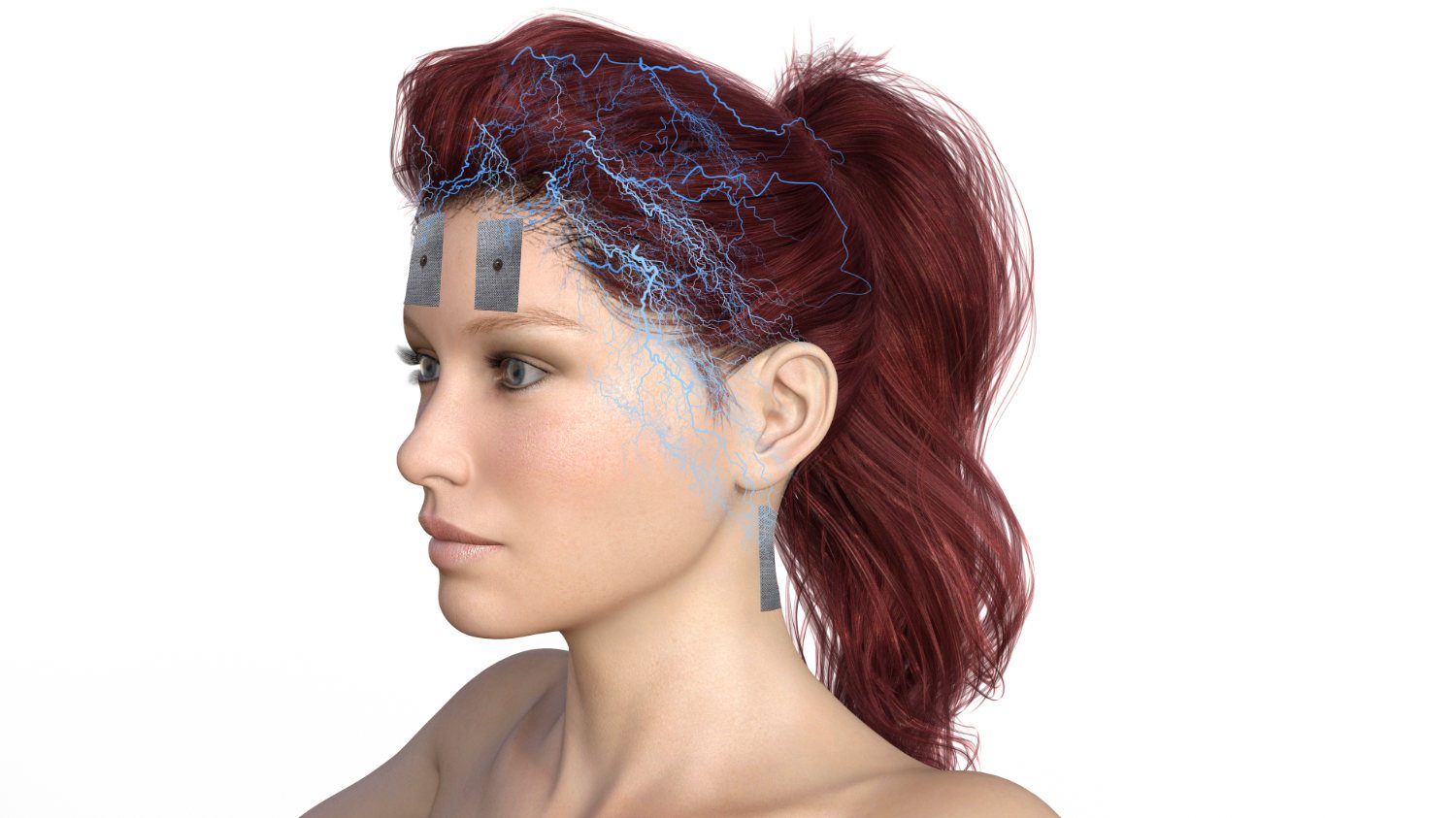Dieser Beitrag ist auch verfügbar auf:
Deutsch
OAA – Occiput-Atlas-Axis
.
Between C1 and C2 are two synovial joints called the atlantoaxial joint. These joints facilitate rotation at this level. The axis has an upper extension (upwards) which is a peg-like bone called the dens.
Disorders of the head and upper neck can be called abnormalities of the craniovertebral (craniocervical) junction (CVC). The CVC is one of the most unique and complex areas of the body because this is where the brain joins the spine. The CVC consists of the occipital bone, the atlas (C1) and the axis (C2), as well as a network of complex nerve and vascular structures. The occipital bone, atlas and axis are responsible for most of the rotation, extension and flexion of the spine – in short, no other part of the spine moves more than the CVC.
The skull-spine junction is probably the most critical part of the body with various interfaces. The intersection between the base of the skull and the upper part of the spine is full of important neurological and vascular activity.
The occipital bone rests on the atlas, the first bone in the neck. The atlas is named after the Greek god Atlas, who carried the “world on his shoulders”. The atlas and the skull are connected by synovial joints called the atlas-occipital joint. The atlas is also called the C1. While other bones of the spine are numbered in this way (e.g. the first bone of the lumbar spine is called TH1), this vertebra is clearly different in form and function from the other vertebrae. The atlas is ring-shaped and has the important task of supporting the head. It is also there to facilitate the movement of the head and neck.
The occiput is a bone that covers the back of the head, an area called the occiput. The occiput is the only bone in the head that is connected to the cervical spine (CS). The occiput surrounds a large opening called the foramen magnum. The foramen magnum allows the passage of important nerves and vascular structures between the brain and the spine. The spinal cord passes through this foramen magnum to enter the skull. The brain stem also passes through this opening. The foramen magnum also allows 2 important blood vessels that run through the cervical spine, called vertebral arteries, to enter the inner skull and supply blood to the brain.
« Back to Glossary Index




